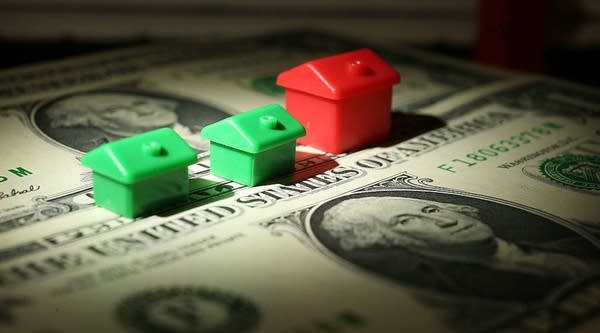Does the middle class life cost more than it used to?
We ran the numbers.

More from this month’s series
It’s called the “middle-class squeeze” — that feeling that it’s harder and harder for a middle-class family to make it in today’s economy. The median household income in 1996 was $35,492. With inflation, that equals $53,867 today. The median household income in 2014, the latest numbers available, was $53,657. Even with two years of growth, it’s safe to assume the median income hasn’t budged much in nearly 20 years. But what about the prices of everything else? How much more expensive has the middle class lifestyle become?
The U.S. Commerce Department defines the middle class not by incomes, but by aspirations: Home ownership, a car for each driving adult, an annual family vacation, health and retirement savings, and a college education for the kids.
We’ll focus on that stuff along with the basic costs of daily life over a 20-year period. To figure that out, we compared prices from 1996 to 2016, if they were available.
Some of the prices below illustrate the differences between 1995 and 2015 prices, the most recent numbers available. We also adjusted all the prices from 1995 and 1996 to account for inflation using the Bureau of Labor and Statistics CPI Calculator.
This story was produced as part of our election series, How the Deck is Stacked, in collaboration with Frontline and PBS NewsHour. You can find more stories related to this series here.
1990s
2010s
Combining all of our findings means that middle-class life has become 30 percent more expensive in the past 20 years. In that same time, Americans haven’t received a raise.
Graphic designed by Tony Wagner and Paul Brent, icons by Creative Stall via the Noun Project













